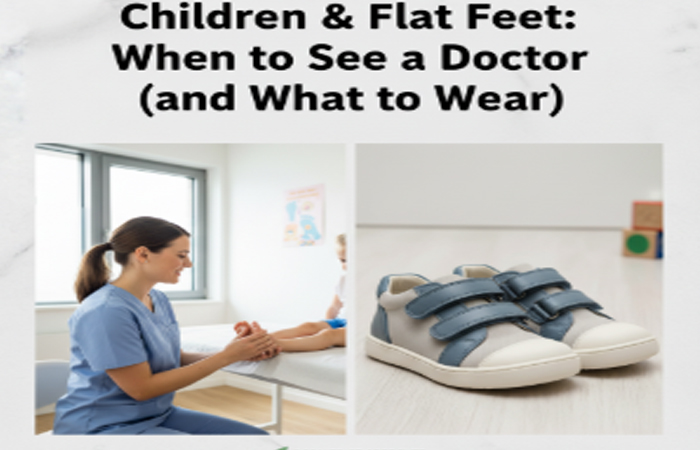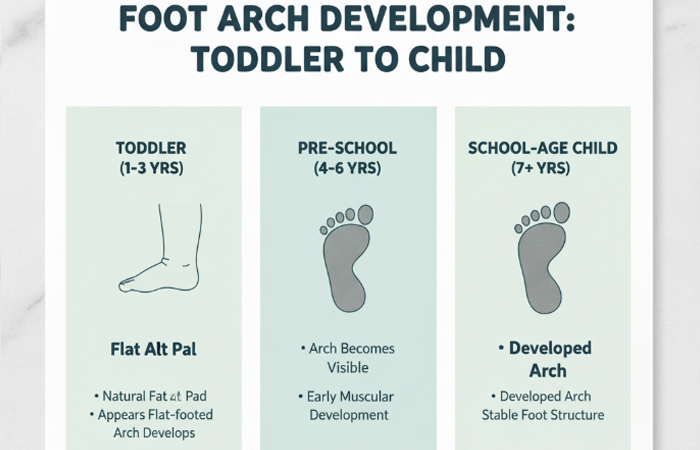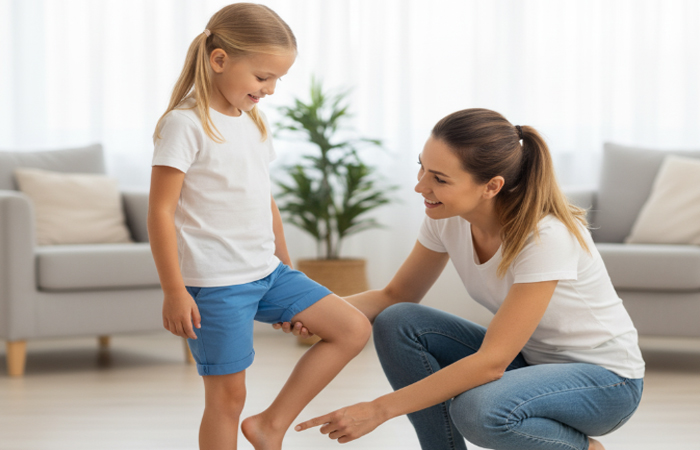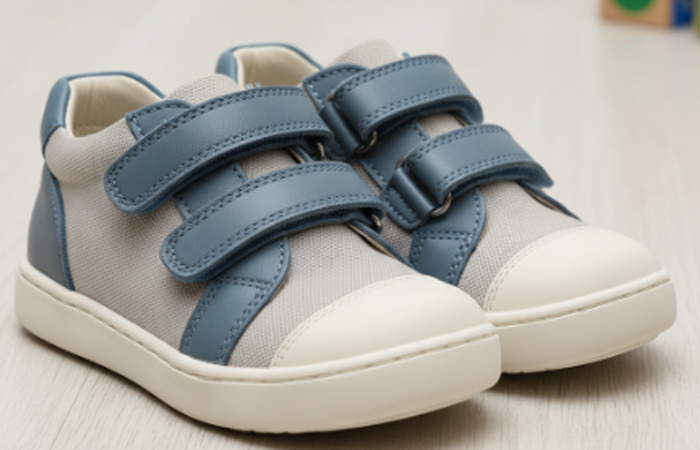

Children’s feet are a marvel of growth, change, and adaptation. In most cases, flat feet (pes planus) in kids are a normal stage of development. But when should parents worry, who needs treatment, and what are the best footwear choices? In 2025, as pediatric podiatry blends new research and technology, this complete guide answers your questions, highlights modern trends, and suggests image ideas for a parent-focused blog.
Flat feet occur when the foot’s arch doesn’t develop or collapses, so the entire sole touches the ground. Most children have flat feet until around age 6—baby fat in the arch makes the foot look flat, and lax ligaments are normal. As they grow, arches usually become visible.


Why see a specialist? Pediatric experts can rule out rare conditions (neuromuscular disorders, tarsal coalition, or bone development issues) and provide personalized advice.

When No Treatment Is Needed
Non-Surgical:
Rarely, Surgery: Only for rigid, painful, or severely problematic flat feet after all other methods fail.

What to Look For

When in doubt, consult your pediatrician or orthotist before making high-investment shoe purchases.
Most flexible flat feet do not need correction. Orthotics and footwear help only when symptoms exist.
Is sports activity risky?Not in most cases. Only modify activity if there’s pain; activity often strengthens feet.
Will my child outgrow flat feet?Often yes—most kids develop arches by age 10, even if flat at age 6–7.
Are special shoes or insoles needed for all flat-footed children?,No—only for those with persistent pain, problems walking, or rigid flat feet.
Flat feet in children are mostly a normal variation—pain-free, flexible feet almost never require intervention. Persistent pain, rigid feet, or gait problems warrant a pediatric specialist’s evaluation. Meanwhile, the best footwear for flat-footed children features supportive, flexible construction and a wide toe box. In 2025, affordable orthotics, smarter shoes, and holistic care offer families plenty of options for healthy, active kids.